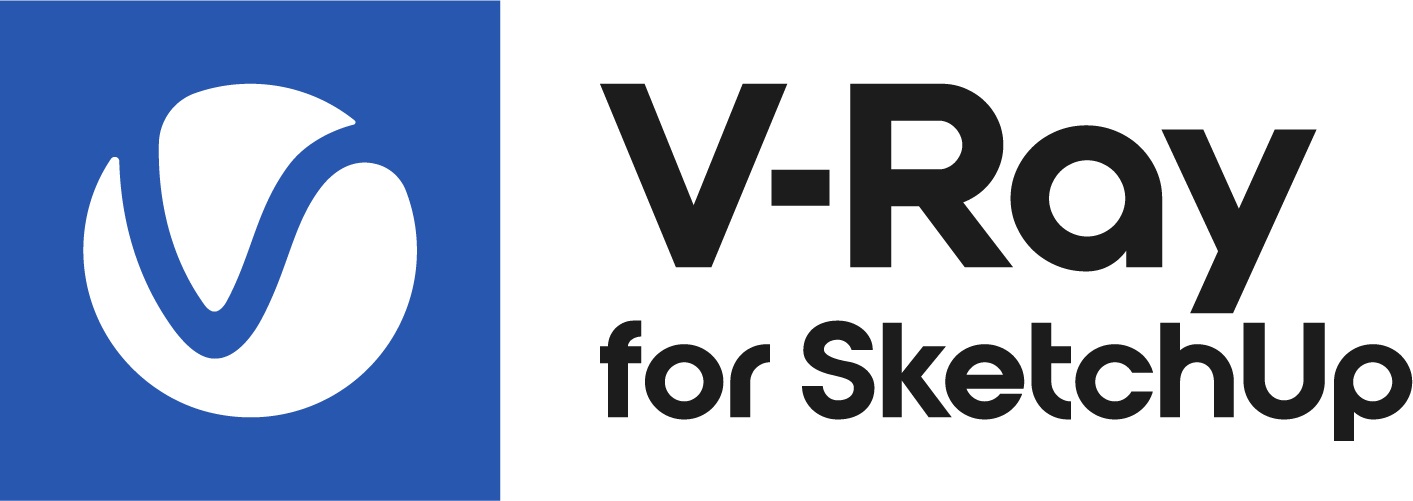The Viewport Display rollout is part of the Generic material's parameters.
Viewport Display
Viewport Display – Enables connection/binding between V-Ray and the corresponding base application material.
Color – Enables color binding. Changing the V-Ray material color changes the corresponding base application material color and vice versa.
Opacity –Enables refraction/opacity binding. Changing the SketchUp material opacity changes the V-Ray material refraction and vice versa.
Texture Mode – Enables texture binding. Changing the V-Ray material texture changes the corresponding base application material texture and vice versa. Disabling this parameter allows for base app material changes without affecting the V-Ray material.
Auto – Binds the diffuse texture to the base app material.
In this mode complex texture networks are baked to a single image used as a viewport preview. Differences between the rendered result and the viewport preview may occur due to the fact that only the texture confined within the 0 to 1 UV square is baked. This affects most procedural patterns and textures with custom UV placement configuration. Raytraced and Tri-planar textures are not supported.
The viewport resolution of procedural textures can be set globally from ||Extensions|| > V-Ray > Preferences > Viewport Texture Resolution option.
Custom – A custom texture slot is bound to the base app material.
Viewport Texture – The selected texture is bound to the base app material. Keeping this slot empty in Custom mode shows a Helper Texture in the viewport.
If a Generic material contains multiple layers, only the top-most one is regarded in Auto binding mode.
Override Control
Can be Overridden – When enabled, the material can be overridden by the Material Override option in the Settings.

